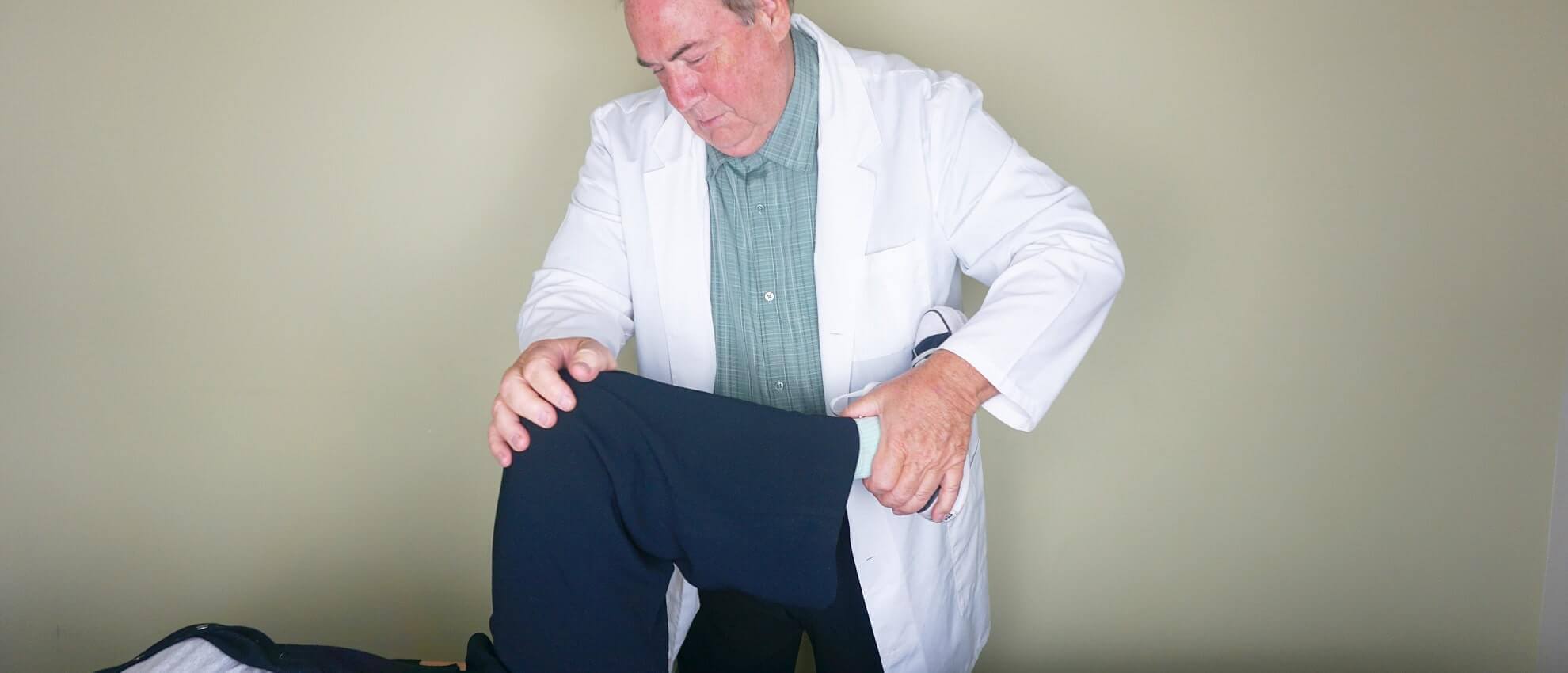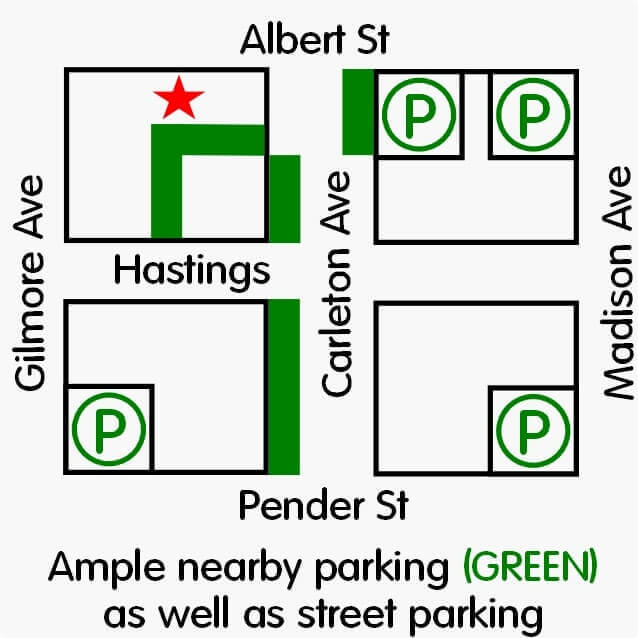Intramuscular Stimulation (IMS) Versus Acupuncture
IMS
IMS stands for “intramuscular stimulation”. This treatment approach along with a similar technique called dry needling has gained popularity among physiotherapists as an effective treatment for musculoskeletal pain. It is based on the neuropathic pain syndrome theory. This theory is based on muscle pain and tight muscle bands being the result of an overactive central nervous system, or “CNS”, that controls your muscle tone.
Ctrl-alt-del
IMS uses acupuncture needles as a tool to stimulate the tight muscle bands. This then sends signals up to the CNS to ”reset” your muscle tone. It is much like pressing “Ctrl-Alt-Del” on your computer when you want to reboot the system to help it run smoother. By “rebooting” your CNS, the muscle spindles that control the muscle tone can be reset to a resting state, resulting in softer muscle tone and less pain.
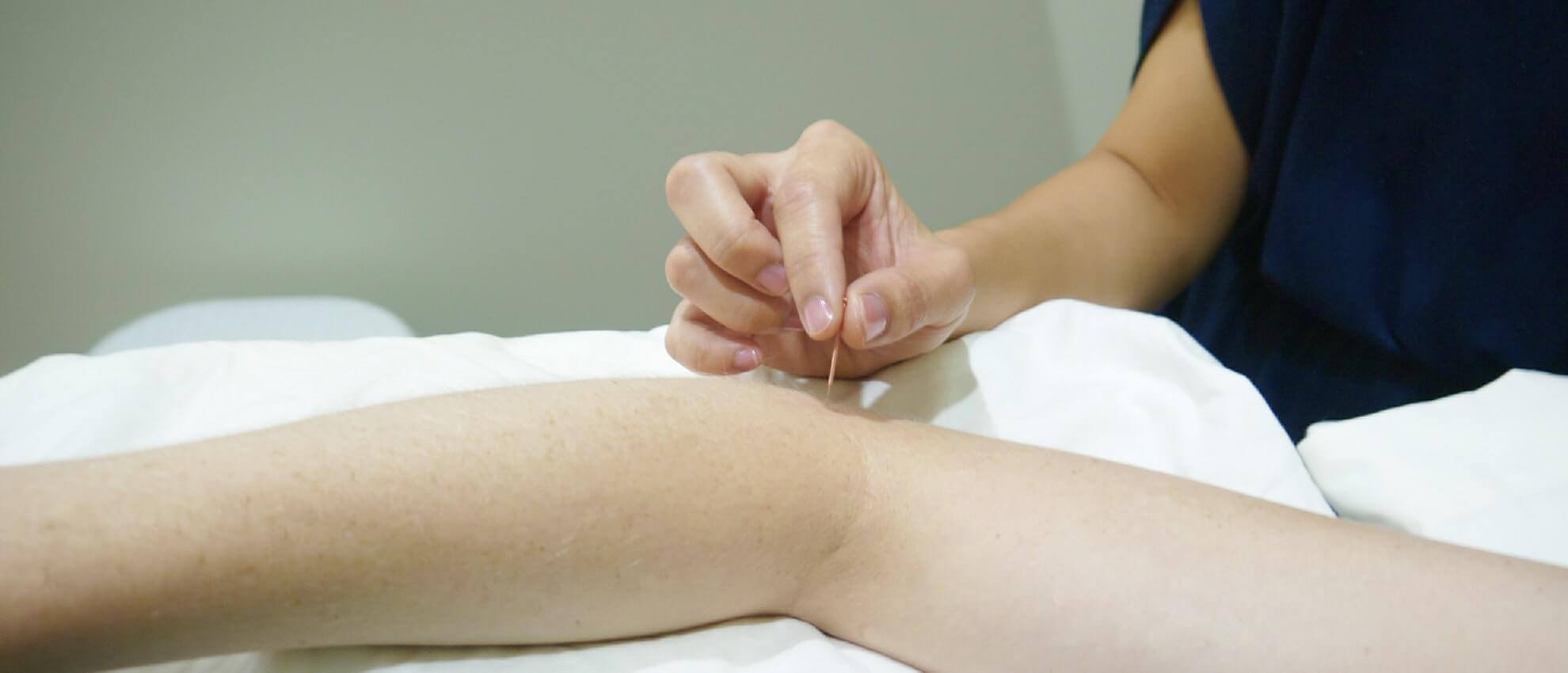
Acupuncture
Meridians
Acupuncture is a treatment based on traditional Chinese meridians. There are 12 “ordinary” meridians that correspond with the major organs in your body. These are the:
- Bladder
- Gall bladder
- Heart
- Kidney
- Large intestine
- Liver
- Lung
- Pericardium
- Small intestine
- Spleen
- Stomach
- Triple warmer
There are also 2 “extraordinary” meridians which involve your vessels and conception vessels. Each meridian flows along your body either from hand to head, head to feet, feet to torso or vise versa.
Chi
Together they create a flow of energy that is called, “Chi”. This is similar to your circulatory system where blood flows through your body through your blood vessels. In acupuncture, it is believed that if there is a disruption of the flow of Chi, it can cause health problems including musculoskeletal issues such as pain. It is believed that restoring any disruption of Chi flow with acupuncture will help bring you pain relief.
Acupuncture and IMS are actually very different in that they target a different system of the body for a distinct outcome. They both use the same tool, acupuncture needles, to stimulate the system. Some acupuncture points are on the muscle motor points and would be the same location as IMS points. However, their mechanisms are very different as an acupuncture treatment is based on choosing points according to meridians
Choosing The Best Treatment For Your Pain
Acupuncture, IMS and dry needling have all shown to be very effective in pain relief. Depending on your physiotherapist’s assessment findings, your physio in North Burnaby will be able to determine the best treatment plan and review it with you. In some cases, a combined approach could also be used.
Chronic pain
Research has shown that both acupuncture and IMS can be effective in musculoskeletal pain syndromes for both acute and chronic problems. Pain can come from a variety of different causes and the intensity and location do not always match the severity of your condition.
Both acupuncture and IMS have a CNS effect. Treatment can result in relaxation, a sense of calm and pain relief. Managing chronic pain requires a systematic and holistic approach. When combined with other methods such as manual therapy or exercise, chronic pain may be more effectively managed. Some examples of chronic pain include:
- Golfer’s elbow
- Low back pain
- Plantar fasciitis
- Sciatica
- Shin splints
- Tennis elbow
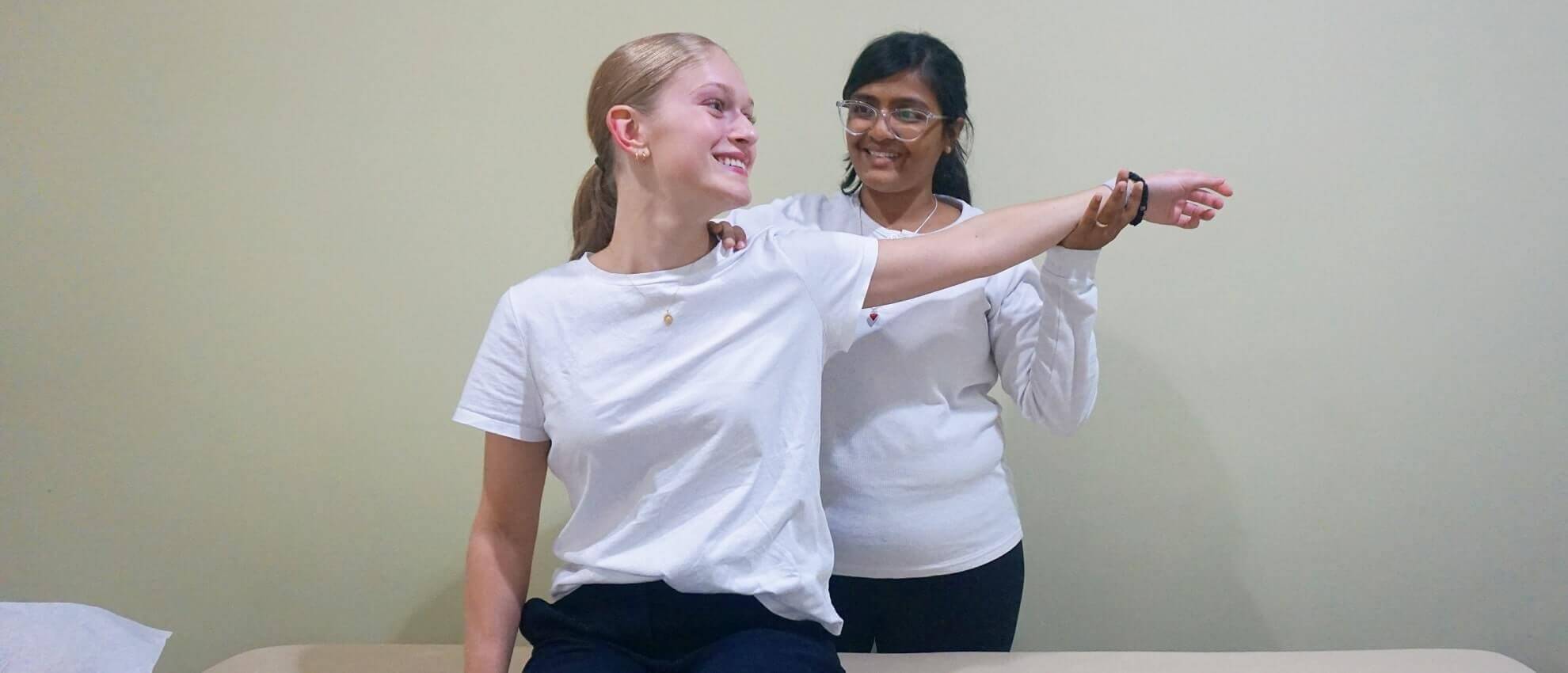
What Your Acupuncture Or IMS Visit Feels Like
With acupuncture, more than one needle could be used each visit and needles are inserted at a depth to achieve a “Chi” sensation. This is a gentle feeling that there is a flow of energy. At the end of each session, you would generally feel more relaxed and have less pain.
With an IMS or dry needling visit, usually only 1 needle is used at a time. You may notice a deep heavy ache and sometimes an involuntary muscle twitch. After your session, you may often feel less pain and your muscle could feel achy for up to half a day. This is a normal response after your IMS session.
Exercising after your IMS or acupuncture treatment
Both acupuncture and IMS can affect your entire body. They can lead to better flow of Chi and resetting of your CNS. After your treatment, you may feel more calm, relaxed and tired. It is therefore a good idea to allow your body to recover while you are in this state. You can certainly go for a leisurely walk but try to wait 24 hours after your visit before doing any moderate to intense exercise.
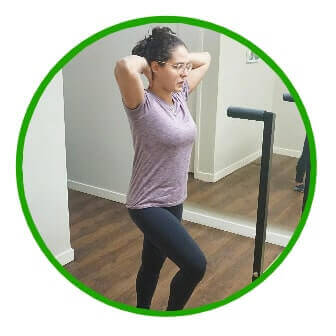
Risks Of Using Acupuncture Needles
During your treatment, only single use, sterile needles are used. This means that the needle is thrown away and a new needle is used each time. Your physiotherapist in Burnaby will always follow the safety protocol for skin disinfecting before inserting a needle. This helps to reduce your risk of an infection.
Let your physiotherapist know if you have had any recent surgical procedures or skin infections as this may call for extra precaution depending on your specific case.
Who can perform acupuncture and IMS
Physiotherapists who are trained, certified and approved by the College of Physical Therapists of BC (CPTBC) in acupuncture or IMS can use these treatments during your visit.
Wondering if IMS or acupuncture is right for you?
To find out more about whether IMS or acupuncture can help you, schedule a visit with your Burnaby physiotherapist at Cedar. They can help guide in you the right direction and figure out what is the best approach to help ease your pain.
FAQ
Q: Is dry needling the same as IMS?
A: IMS and dry needling are very similar treatments, both helping with myofascial pain. They both include using very thin needles during a session.
With dry needling, the needles are usually inserted into the knots or trigger points in your muscles. This can be useful in alleviating both acute and chronic trigger points.
IMS is a systemic treatment approach focusing on relieving chronic muscle and nerve pain. Only a few needles are usually used each session
Q: How long does it take for IMS to work?
A: Some patients may notice a change even after their first visit. Generally, most patients will notice improvements within 3-4 visits, but more complicated and chronic problems may need up to 8-10 treatments
Q: What are some IMS needling side effects?
A: IMS treatment is generally a safe and comfortable treatment. After your treatment, you may sometimes feel a deep ache or soreness in the area that was treated. Muscle fatigue can also happen after your visit
